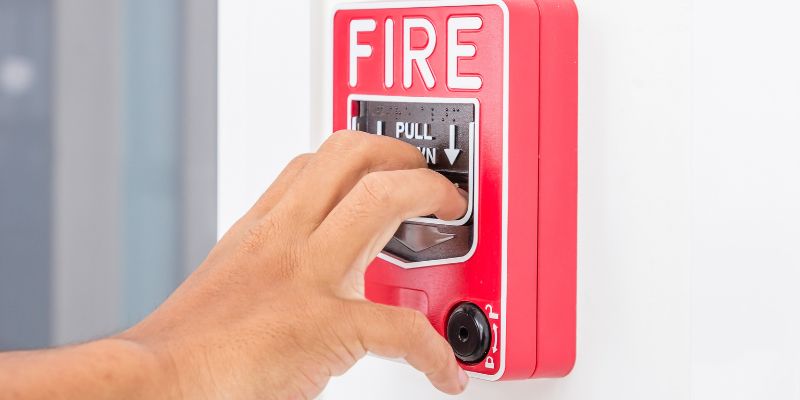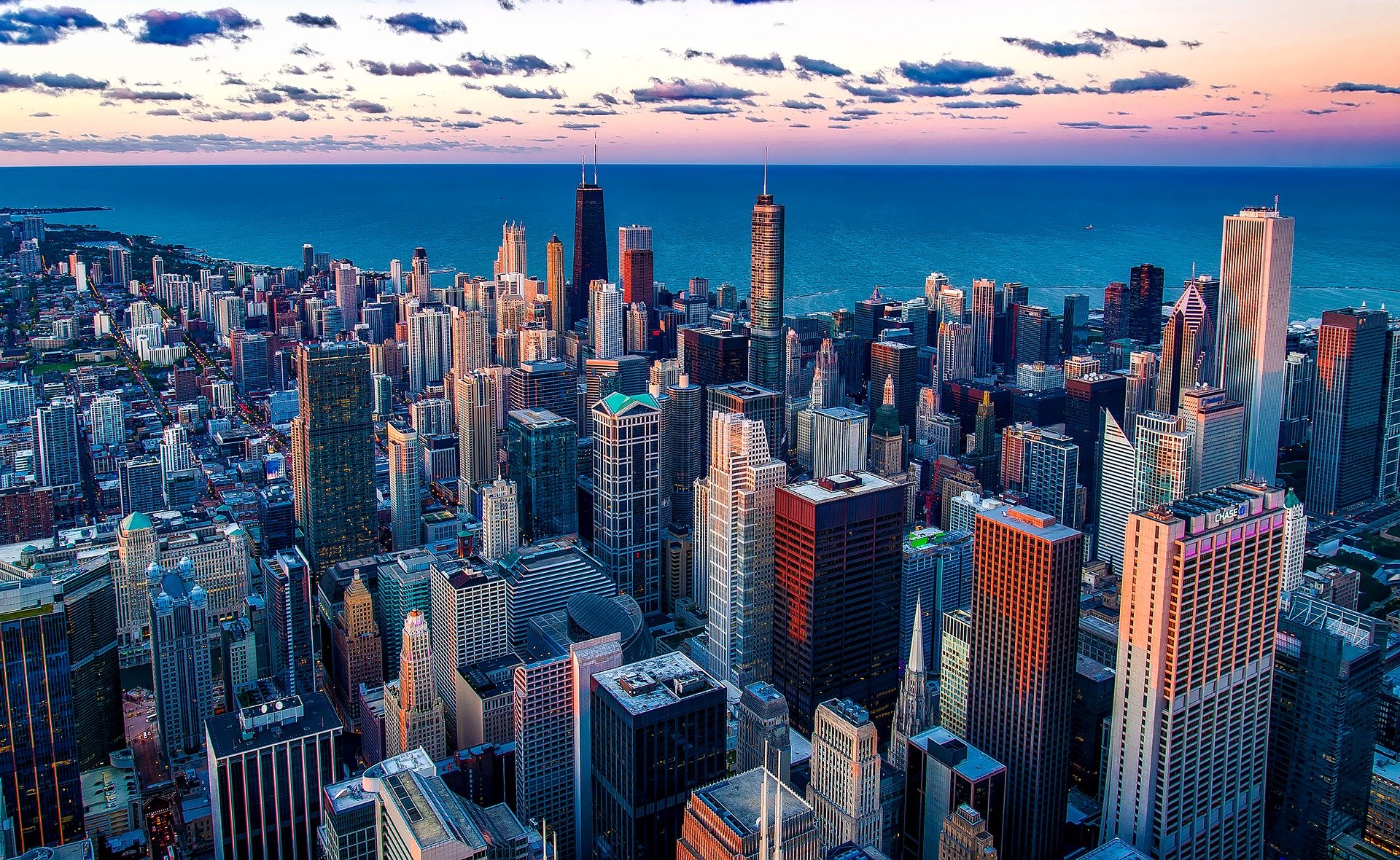
False alarms plague commercial fire alarm systems, causing unnecessary disruptions, straining emergency services, and potentially desensitizing occupants to genuine threats. Building owners and managers face significant challenges when these alarms trigger without an actual emergency, resulting in wasted resources and financial burdens. Innovative solutions like video verification have emerged to confirm alarm events, reduce false activations, and ensure that only real threats prompt immediate action.
Understanding False Alarms in Fire Alarm Systems
False alarms occur when a fire alarm system activates without the presence of an actual fire or emergency. Common triggers include cooking fumes, dust accumulation, mechanical malfunctions, and environmental conditions such as steam or humidity. These alarms may seem harmless at first, but they carry serious consequences:
- Operational Disruptions: Frequent false alarms disrupt daily operations in commercial spaces, forcing evacuations and causing downtime.
- Resource Drain: Emergency services may respond to false alarms, diverting critical resources away from genuine emergencies.
- Occupant Complacency: When false alarms become routine, occupants may ignore or delay responding to alarms, which can have dangerous consequences during a real emergency.
- Financial Impact: Non-compliance with fire safety regulations due to system malfunctions can result in fines, increased insurance premiums, and costly repairs.
By understanding the root causes and impacts of false alarms, building stakeholders can take proactive measures to mitigate these issues and improve overall safety.
The Role of Video Verification in Reducing False Alarms
Video verification technology offers a powerful tool to distinguish between real emergencies and false alarms. In a modern, integrated fire alarm system, video verification adds an additional layer of validation that ensures only genuine threats trigger a full-scale emergency response. Here’s how it works:
- Real-Time Video Feeds: When an alarm is triggered, cameras located within the facility instantly transmit live video footage to a centralized monitoring station or security personnel.
- Visual Confirmation: Operators can quickly assess the situation, confirming whether the alarm stems from actual smoke, fire, or another hazard. This visual check minimizes the chance of dispatching emergency services for false alarms.
- Automated Analysis: Advanced systems employ algorithms to analyze real-time video data, detecting unusual patterns or movements that could indicate a fire. This automated process further streamlines verification and reduces reliance on manual checks.
- Integration with Alarm Systems: Video verification integrates directly with fire alarm systems, enabling a synchronized response where alarms, cameras, and monitoring platforms work in unison. This integration ensures that the alarm data and visual evidence are analyzed concurrently, leading to faster and more accurate decision-making.
The incorporation of video verification not only improves response times but also builds confidence in the fire alarm system’s reliability. Building owners can rest assured that their safety systems distinguish between minor issues and genuine emergencies, thus optimizing the response efforts of emergency services.
Integration with Fire Alarm Systems
Successful integration of video verification technology with fire alarm systems is crucial for maximizing benefits. The process involves connecting cameras and other verification devices to a centralized control unit that monitors fire alarms continuously. This centralized system collects data from both the alarm sensors and the video feeds, ensuring that every alert is evaluated comprehensively before any action is taken.
Integration also facilitates seamless communication between different safety systems, such as access control and building management systems. For example, when a verified alarm is detected, the system can automatically trigger lockdown procedures or adjust HVAC settings to limit smoke spread. The result is a cohesive and responsive safety network that provides an added layer of protection for the building.
Advantages for Building Owners and Managers
Leveraging data from smart fire alarm systems with integrated video verification provides multiple benefits:
- Early Detection and Prevention: Video verification enables a swift and accurate confirmation of fire hazards, allowing for immediate preventative measures. Building owners can address potential issues before they escalate, thereby minimizing risks and damage.
- Enhanced Emergency Response: With visual data at their fingertips, emergency responders receive precise information about the location and severity of an incident. This targeted response reduces response times and helps coordinate effective evacuation strategies, ultimately saving lives.
- Predictive Maintenance: Continuous data collection from both fire alarm sensors and cameras enables predictive maintenance. By analyzing performance metrics and environmental conditions, building managers can schedule timely maintenance to prevent malfunctions and system failures.
- Regulatory Compliance: Maintaining detailed records and visual logs of fire events supports compliance with fire safety standards. Comprehensive documentation can prove invaluable during inspections and audits, ensuring that buildings meet local, state, and national regulations.
Implementing Data-Driven Safety Strategies
To fully capitalize on the benefits of video verification, building owners and superintendents should adopt data-driven safety strategies:
- Integration with Building Management Systems (BMS): Seamless integration with BMS provides centralized monitoring and control over multiple systems. This integration allows for a holistic view of building safety and facilitates coordinated responses across various platforms.
- Utilizing Data Analytics Tools: Advanced software solutions can interpret the vast amounts of data that smart fire alarm systems generate. These analytics tools help identify trends, predict potential hazards, and optimize maintenance schedules, ultimately enhancing overall safety.
- Regular Training for Staff: Building staff must understand how to interpret data and respond to system alerts. Regular training programs ensure that personnel remain proficient in using the technology, allowing for rapid and effective action during emergencies.
Challenges and Considerations
While video verification offers significant benefits, building owners should also consider potential challenges:
- Data Privacy and Security: The integration of video feeds with fire alarm systems raises important data privacy and security issues. Implementing robust cybersecurity measures and encryption protocols is essential to protect sensitive information.
- System Compatibility: Upgrading to a smart fire alarm system with video verification requires compatibility with existing building infrastructure. Careful planning and professional consultation can help ensure a smooth integration process.
- Cost Implications: Initial investments in advanced technologies can be high. However, long-term savings from reduced false alarms, lower maintenance expenses, and improved operational efficiency often offset these costs.
Leveraging smart fire alarm systems data with integrated video verification enhances building safety by enabling early detection, improving emergency response, and facilitating predictive maintenance. Building owners and superintendents who embrace these data-driven approaches can ensure their facilities meet regulatory standards and provide a safer environment for occupants.
For expert guidance on integrating advanced fire alarm systems and optimizing building safety, contact HRSS/SMG to explore customized, comprehensive security solutions that meet your specific needs.
HRSS/SMG delivers innovative fire safety solutions that empower building owners to proactively manage risks. Our comprehensive fire and security services combine advanced technology with expert support to ensure your facility remains safe and compliant. Contact us to learn how our customized security solutions can transform your building’s safety infrastructure.



